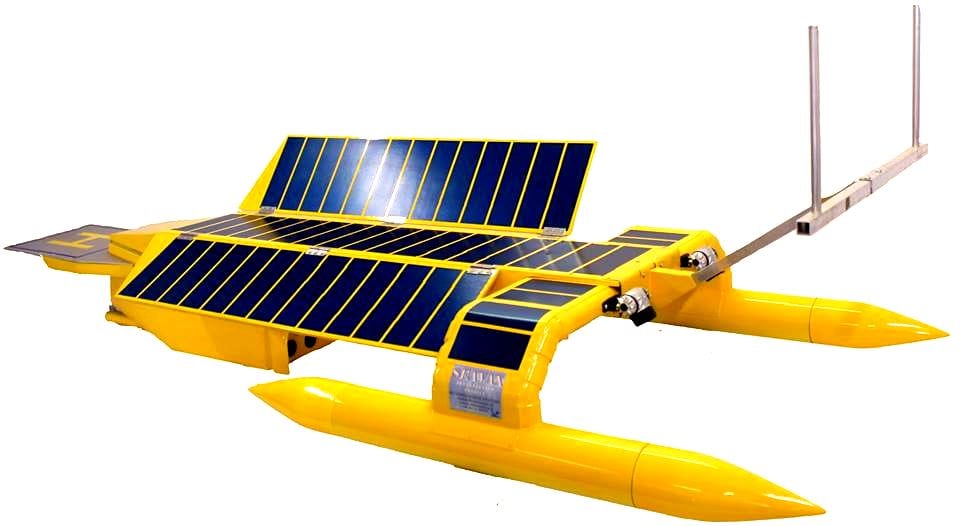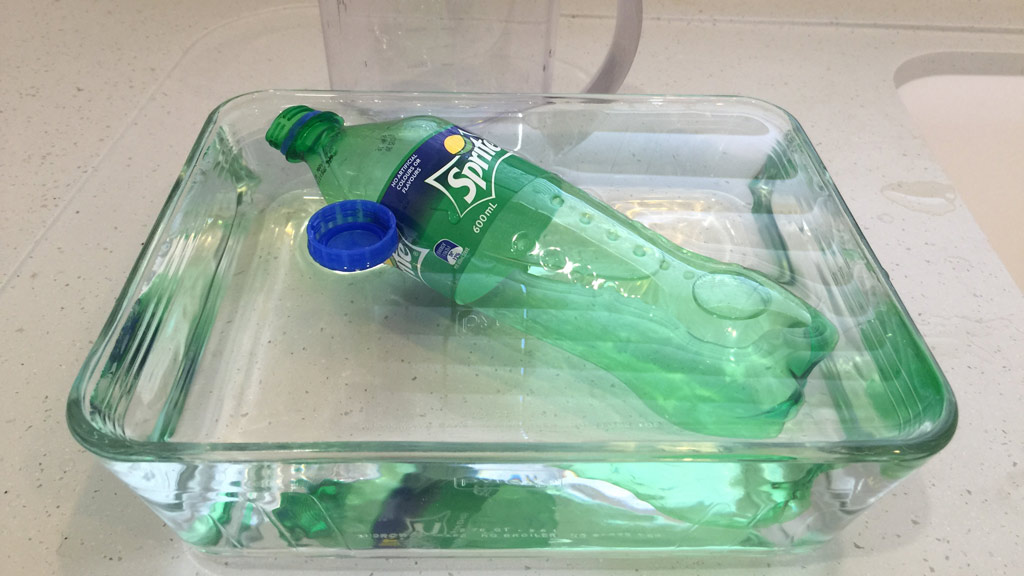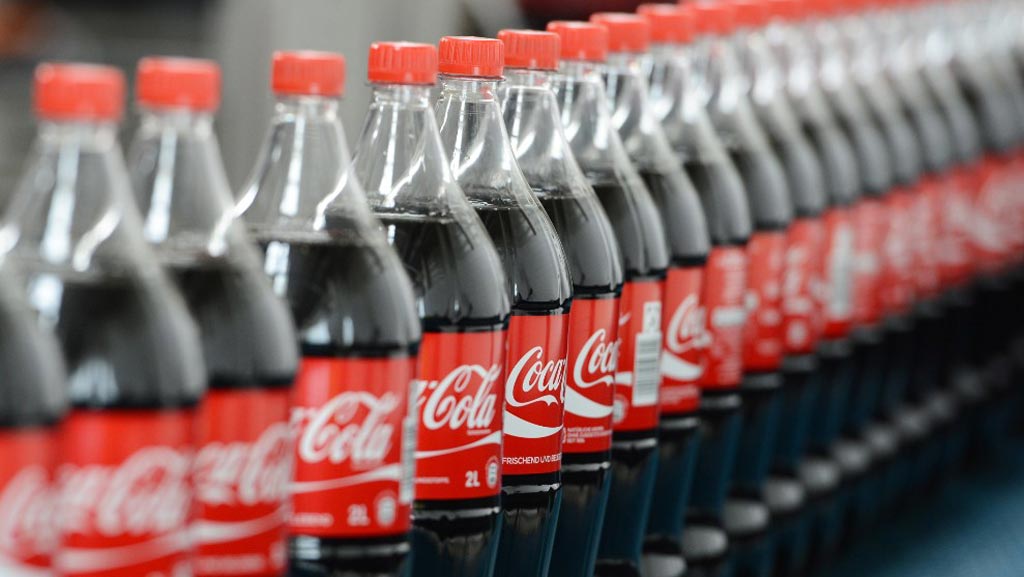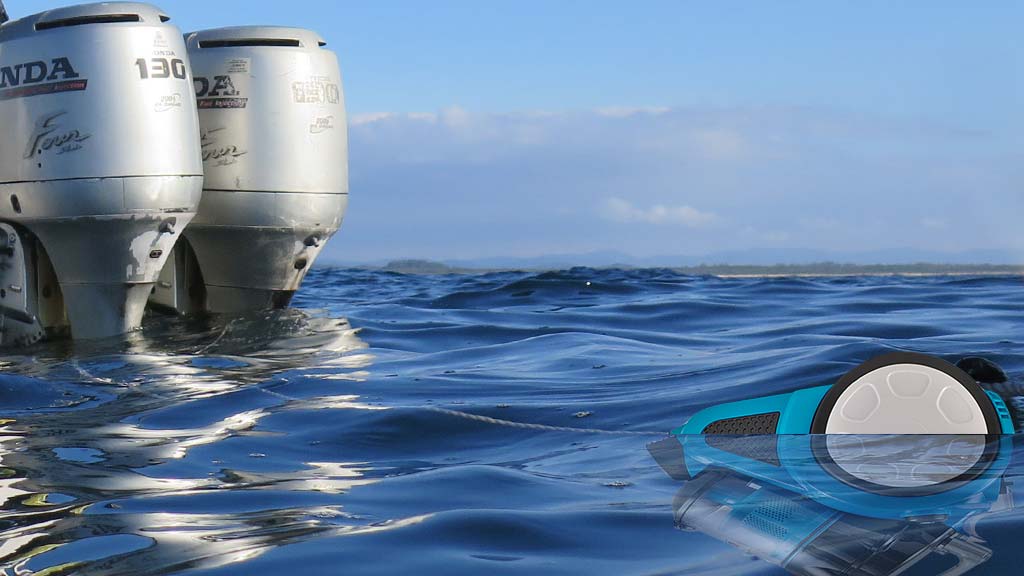There have been a few ocean-cleanup solutions doing the social media rounds recently, but is this really the solution we’ve all been hoping for?
We tested the popularity of this cleanup concept yesterday ourselves, with a fictional and nonsensical attempt from “Our Man in Havana”, and were rewarded with plenty of ‘likes’.
Two ambitious projects have been announced so far, to much acclaim. The Bluebird SeaVax below, can supposedly (and profitably) perform the ocean clean up for us. Before this innovation did the rounds, schoolboy Boyan Slat developed the concept of ‘How the Oceans can Clean Themselves’.
But seriously, let’s look at what’s involved in cleaning up a small patch of the ocean about the size of Texas – called the Great Pacific Garbage Patch.
Let’s consider the technical challenges and economics of creating a “SeaVax” – an ocean-going vacuum cleaner of any kind.
Challenges
Not forgetting that oceans can be pretty inhospitable places – and getting more so with climate change. Any kind of SeaVac device needs to be able to:
- power, control and maintain itself (ie, be completely autonomous)
- deal with micro plastic (fragments smaller than 1mm diameter), floating rubbish like bottle tops, submerged debris like a milk crate, large items like a tree trunk, and marine life of all sizes.
- get out of the way of large ships which do not want to alter course.
- withstand storms, with constant drenching with salt water and uneven seas
- deal with material, not just on the surface, but down to 20m below the surface
- store and periodically off load the harvested materials.
- do this and produce an economic return from the material collected.
Economics
Bluebird’s economic fairy tale proposes that the price paid for the waste plastic it collects would help to pay-off the initial build costs over a number of years. Simply put, their business case reads like this:
To build a unit costs US$ 2.8M. Annually, one Bluebird processes 90 million litres of sea water; which at 1% plastic, would yield 900,000 kg of plastic which at US$ 0.42/kg yields a return of US$ 380,000 per annum when that plastic is delivered to a shore based recycling station.
Assuming the device can function at this rate continuously without maintenance for 7.5 years it becomes about cost neutral at this point.
Real Issue
The problem is that between 5 and 12 million tonnes of new plastic is being added to our oceans each year. Let’s just use 9 million tonnes or 9,000,000,000 kg as a working figure.
This would require a fleet of 10,000 SeaVax just to collect all the new plastic we add each year! That’s a US$ 30 billion fleet.
The other fallacy that Bluebird’s business model depends upon, is that our oceans have a 1% concentration of plastic, which is 10g of plastic per 1 litre of water. That’s the equivalent of a 23g plastic coke bottle in every 2.3 litres of water. We have reproduced this scenario using strictly controlled conditions at the Diveplanit Labs.
ACTUAL scientific estimates are 4 particles per cubic metre. So about 4g per 1000 litres of water, or 1/10,000 of 1 percent. So even with the Coke Cola company selling billions of single-use plastic bottles each year, our oceans are thankfully not yet that plastic!
Boyan Slat’s feasibility study is a little more realistic: his model suggests that a 100km array could capture 70 million kg of debris over a 10 year period at a total cost of around US$300 million. That’s 70, 000 tonnes in 10 years, which is about 1% of what we’ll dump into the oceans in the first year of operation.
So is it just a conspiracy, developed by Big Business, to con us into thinking that we can continue to consume and discard at the current rate – because eventually someone will invent a machine to clean it up (and make money in the process)?
If such a thing were possible, you would think Coca Cola would invest some of its $7 billion annual profits in the concept. But instead, Coca Cola spends billions on advertising persuading us that this disposable lifestyle is not just OK, but actually desirable.
Solution in Sight?
So what is the solution? There is no real solution other than to STOP using it.
- STOP using single-use plastic bags at the supermarket,
- STOP using single-use drink containers,
- STOP using straws,
- STOP using takeaway coffee cups
- STOP using all these single-use plastic items getting into the Oceans in the first place.
The best way YOU can contribute is to support the ban on shopping bags at cleanup.org.au and show your support for a Container Deposit Scheme at the BoomerangAlliance.
It seems to be human nature to believe that someone will come and clean up all the mess we leave behind. But it’s simply not going to happen.
Banner photo credit: Alain Bachellier/Flickr







Great article and could not agree more that we should stop using plastic for wrapping and displaying products.
Sadly, in the real world just about all retail sales in supermarkets especially, depend on plastic. We could go back to glass for bottles, but that is not going to happen either. It’s a bit like demanding that we all drive an electric car right now – it is not going to happen with an economy that is oil bound for energy.
It is the same with packaging and so much money invested by so many giant conglomerates in plastic.
Meantime, if you want to at least make an attempt to contain our dirty habits, you can support projects like SeaVax that at least stand a fighting chance of making a difference.